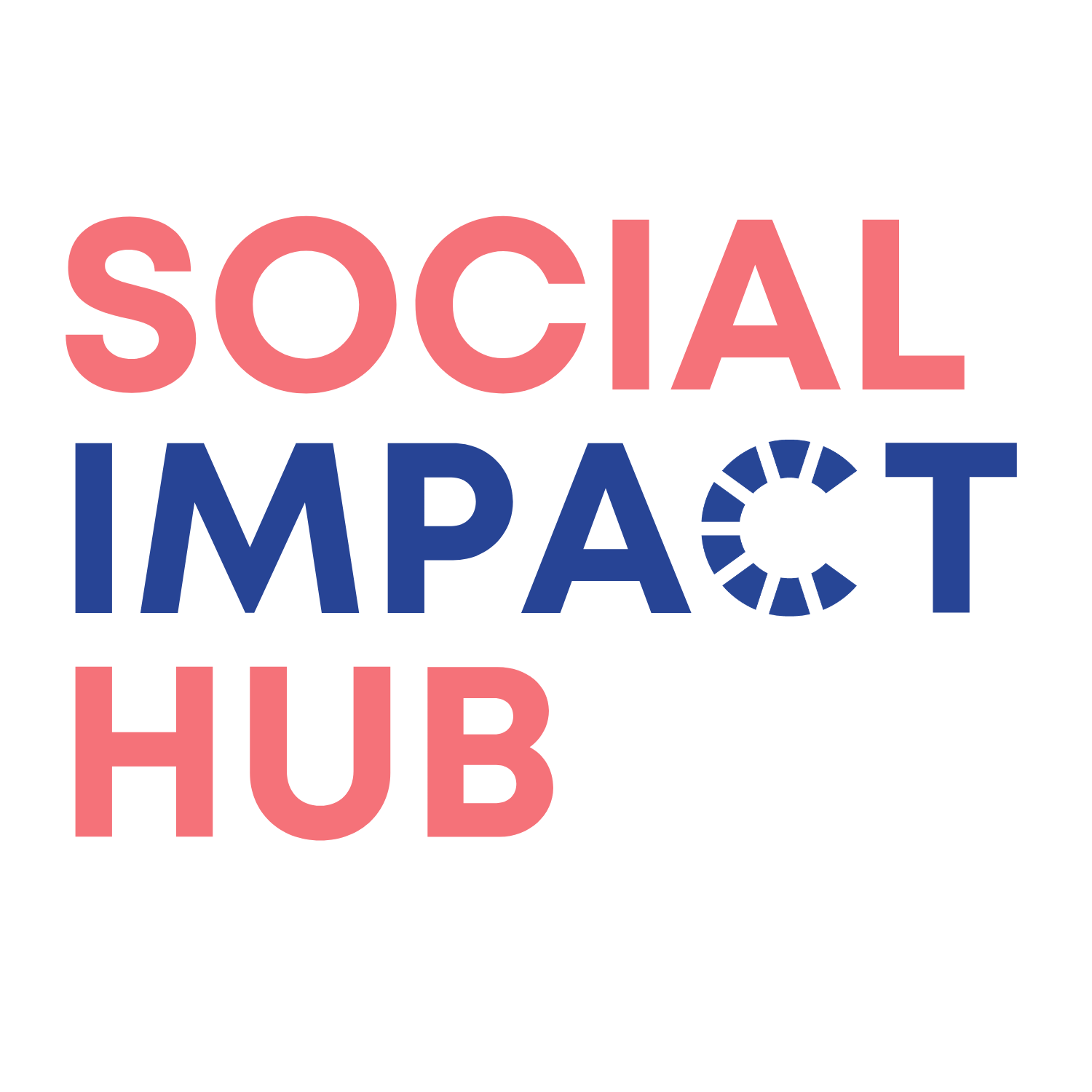The Giving Generation
The Gen Y Generosity Myth
Lazy. Unfocused. Spoilt. Privileged. Much has been said about Generation Y in the workplace. Despite these accusations, Gen Y (otherwise known as Millennials) is a generation of givers. 94% of Gen Yers have donated money to charity, and in 2013, more than two-thirds volunteered their time to non-profit organisations.[1]
Why is attracting Millennials important to companies? Over 5 million Australian Gen Yers have recently entered or are now entering the labour force.[2] The large population of baby boomers is beginning to exit the workforce, leaving a shortage of employees that must be filled. Gen Y will fill this gap in the coming years.
The Art of Engaging the Giving Generation
Attracting Millennials to an organisation requires more than a vacancy. Almost three-quarters of the Gen Y population will not even apply for an open position if they do not believe the company shares their values.[3] Contrary to popular belief, Gen Y wants to give back to the community. 90% of Gen Y candidates view the reputation or brand of an organisation as important in their decision to accept a position with a company[4] Companies can develop their brand as socially responsible in a number of ways, including making giving back part of the company strategy, stating their corporate social responsibility goals in the company mission statement, and spearheading activities such as workplace giving programs.
Workplace giving includes payroll giving, donation matching, workplace fundraising, volunteering, skill sharing and in-kind support.[5] But merely having a workplace giving program is not enough. Engaging Gen Y in workplace giving programs will require companies and charities to rethink the ways in which they connect with their staff and donors. They will need to redesign their tools.
It is no secret that Gen Y is plugged in. To effectively engage Gen Y, organisations must switch to a multi-channel approach that involves mobile-friendly technology, interactive websites and social media. Three-quarters of Gen Y use social media to like, retweet, or share non-profit content.[6] Organisations must design websites and craft emails with mobile in mind.
As members of Gen Y, here are some of our recommendations to charities:
A charity’s website will be the first place Millennials go to find out information about the organisation. If the website is not interesting, updated, or easy to navigate, Millennials will be disengaged.[7] Gen Y users prefer integrated websites with quick access to information and actions.[8] Make core information available on your home page and include easy access to actions such as donating, signing petitions, registering to volunteer, and sharing information via social media. Aspects of a website that Gen Y find interesting include a calendar of upcoming events, success stories focusing on people’s transformed lives, cause-related news, and research and statistics.[9]
After connecting to social media, the second most common action Millennials take on a website is making a donation.[10] If charities do not allow for online donations or if users can’t easily find where to donate, you are missing out on a large population of donors. The fastest way to deter Millennials from engaging with your website is to not update the information regularly.
Millennials have information literally in the palms of their hands and passively receive information constantly. They will not actively return to websites for updates.[11] To keep messages fresh in the minds of Millennials, charities must be active on social media. Create a Facebook page, Twitter and Instagram accounts, and a Foursquare location. Allow Millennials to “follow” you online, encourage them to “share” posts and their experiences with their social network, and enable them to “check in” to your event or location. Posting regular updates to these accounts will push information directly to individuals you are trying to engage. This not only allows a constant stream of information from your organisation to Gen Y but also speaks to the peer-driven sentiments of this generation; 40% of Millennials would share a request for help with their social network via social media.[12]
Our report Reviewing and Revitalising Workplace Giving contains more recommendations for employers and their workplace giving programs.
Engage #TheGivingGeneration and they will give for generations.
By Rose Khattar, Jillian Kornie, Hilary Qin and Jeffrey Yuan
[1] Generation We Not Me Report (March 2014) Optus <https://media.optus.com.au/wp-content/uploads/2014/03/Optus-RockCorps-Generation-We-Not-Me-Report_FINAL.pdf>
[2] Young Adults: Then and now (10 April 2013) Australian Bureau of Statistics <http://www.abs.gov.au/AUSSTATS/abs@.nsf/Lookup/4102.0Main+Features40April+2013#asmaller>
[3] Portraying Generation Y (2015) Hays <http://www.hays.com.au/media-centre/research/generation-y/index.htm>
[4] Portraying Generation Y (2015) Hays <http://www.hays.com.au/media-centre/research/generation-y/index.htm>
[5] What is Workplace Giving? (2014) The Australian Charities Fund <http://australiancharitiesfund.org.au/workplace-giving/>
[6] The 2013 Millennial Impact Report: Connect, Involve, Give (November 2014) Case Foundation <http://casefoundation.org/wp-content/uploads/2014/11/MillennialImpactReport-2013.pdf>
[7] The 2013 Millennial Impact Report: Connect, Involve, Give (November 2014) Case Foundation <http://casefoundation.org/wp-content/uploads/2014/11/MillennialImpactReport-2013.pdf>
[8] The 2013 Millennial Impact Report: Connect, Involve, Give (November 2014) Case Foundation <http://casefoundation.org/wp-content/uploads/2014/11/MillennialImpactReport-2013.pdf>
[9] The 2013 Millennial Impact Report: Connect, Involve, Give (November 2014) Case Foundation <http://casefoundation.org/wp-content/uploads/2014/11/MillennialImpactReport-2013.pdf>
[10] The 2013 Millennial Impact Report: Connect, Involve, Give (November 2014) Case Foundation <http://casefoundation.org/wp-content/uploads/2014/11/MillennialImpactReport-2013.pdf>
[11] The 2013 Millennial Impact Report: Connect, Involve, Give (November 2014) Case Foundation <http://casefoundation.org/wp-content/uploads/2014/11/MillennialImpactReport-2013.pdf>
[12] The 2013 Millennial Impact Report: Connect, Involve, Give (November 2014) Case Foundation <http://casefoundation.org/wp-content/uploads/2014/11/MillennialImpactReport-2013.pdf>
